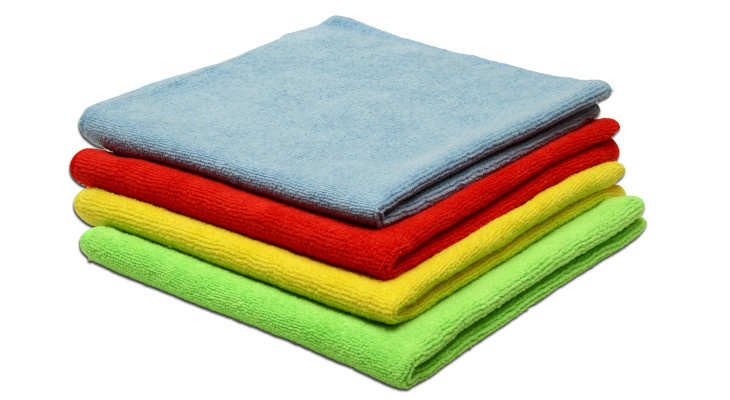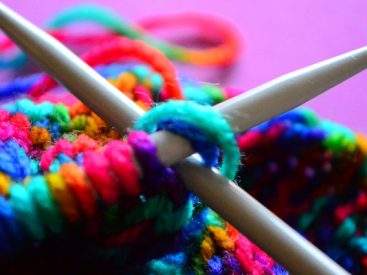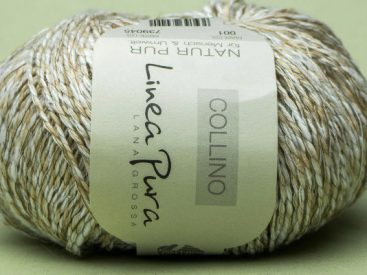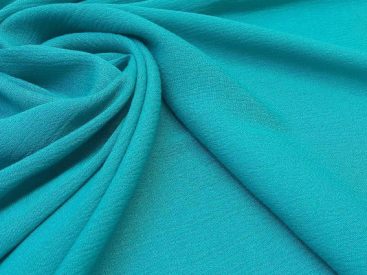Microfiber is a fully synthetic fiber invented in Japan. The composition of the synthetic thread is 80-100% polyester and 20% polyamide or acrylic. These fibers are very fine — they are 10 times thinner than silk and 100 times thinner than a human hair. At the end of each thin fibre, there is an additional section into triangles, that is, microscopic notches that ensure a capillary force, thanks to which the microfiber absorbs moisture, dust, and fat well.
Microfiber yarn is soft, velvety, durable, and air-permeable. Thanks to the manufacturing technology, the fibers combine the properties of natural and synthetic yarn.
Microfiber products do not shrink after washing, do not fade, do not wrinkle, dry quickly, have high tensile strength and low thermal conductivity.
The features of the material have determined the wide use of microfiber in the tailoring of casual and sports clothing, underwear, and kitchen accessories. But the most indispensable this fabric is for cleaning companies — various sponges, napkins, etc., are made of microfiber.
Among the disadvantages of the material, one can note low durability: with frequent use, there will be pellets. Besides, the fabric can cause allergic reactions in people with sensitive skin.




